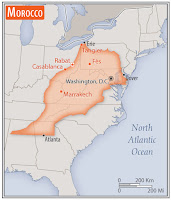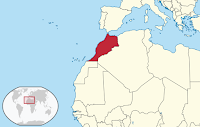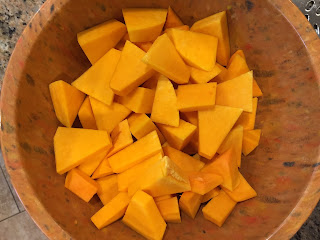The quilt that I am sharing in this post is titled "Gettysburg Sun." Its pattern is featured in the book Civil War Legacies II, and I purchased the kit to make this quilt at Corn Wagon Quilt Company in Springville, Utah. On a side note, this is an absolutely wonderful quilt shop in an historic building in Springville.
During this 3-day battles, temperatures became progressively warmer each day. A math and science professor at Pennsylvania College, now Gettysburg College, recorded the temperatures three times daily during the course of the battle. The mid-day temperatures were 76 degrees on July 1, 81 degrees on July 2, and 87 degrees on July 3. Rain would fall on July 4 which would result in flooding in low-lying areas and contribute to even more deaths, this time from drowning, among those stranded in these areas.
The progressive heat along with the fatigue of the battle certainly would have added to the misery of all involved. At the end of the three days, the armies had suffered combined casualties of more than 50,000 casualties. As the armies pulled out, the citizens of Gettysburg were left to quickly bury those who had been killed and to begin to recover from the devastation left behind.
Fifty years later, in July 1913, more than 50,000 Union and Confederate veterans would gather at Gettysburg at what would be the largest ever Civil War veteran reunion. Despite concerns of animosity, the event was a peaceful one. President Woodrow Wilson addressed those in attendance. His remarks included the following: "We have found one another again as brothers and comrades in arms, enemies no longer, generous friends rather, our battles long past, the quarrel forgotten - except that we shall not forget the splendid valor."
With that thought in mind, let's move on to some of the features of these quilt blocks.
Each sun block began as 31 individual pieces. Here are all of the pieces for a single block set out on my design board. I thought it might be fun to illustrate how these all come together to create a sun.
Let's start by making hourglass blocks from the triangle pieces. We will need four pieces (two in each color) to create two hourglass blocks.
After sewing these two sets of triangles together, we will cut them in half.
Now, we need to pair up the matching sides to create our hourglasses. (Otherwise, we would just be sewing the original block back together.)
These pictures gives a better perspective on how the matching sides pair together to create the hourglass.

Now, we are going to move on to a tool that will make some of our next steps much easier. The piece of plastic that is taped down is a great resource for sewing diagonal lines. (Sorry for the rather dark lighting.) After aligning the tool, you will position your fabric squares so that the points follow the vertical lines to support the stitching. The sides of the fabric square will align with the marked diagonal lines on the plastic.
This picture probably makes a little more sense. In this picture I am attaching a gold square to a blue rectangle. You can see how the points of the square align with the center vertical line. As the stitching advances, you want to keep the lower point aligned on the center line. The sides of the square advance evenly along the diagonal lines.
I'm hoping that you can see the stitching lines for these eight units. You will see that for four of them, the diagonal proceeds in one direction. For the other four, the diagonal proceeds in the opposite direction.
Let's move on to construct the center of our sun. This center block is also what is known as a "snowball" block. As shown in the picture on the left, we will place four square pieces in each of the corner of the gold patch. We will use the angler tool to stitch along the diagonal of each corner square. We will then clip the dog ears and press the navy pieces out.
Let's get back to our hourglass blocks and the set of eight units that were created by stitching on the diagonal. Now you can see why the diagonal went one direction for four of them and the opposite direction for the other four. We are going to create a total of four units by combining sets of these three pieces.
We will also stitch two solid patches to the sides of two of these units.
Now, it's time to combine these units into our block. When all is said and done, this block actually mimics a traditional nine-patch block. The differences are that five of the nine patches needed to be constructed and that the nine patches are not equal in size.
Here is our completed sun.
Earlier this year, I shared that I have been working to memorize the verses in Ephesians chapter 6 that address the armor of God. Over the past few weeks, in particular, I have been reflecting on how applicable these verses have been to me in the midst of a given season of my life. Specifically, I've been reminded that the battle is not against individual people and that I need not to view given individuals as the enemy. I've also been keenly reminded that I need to rely on Christ's righteousness and not my own to guard my heart. The portion of the armor that has been most pertinent to me has been the footwear. While this may seem odd, it is the purpose of the footwear, with the preparation of the gospel of peach, that has resonated with me over the past few weeks and months. For me, this means going out each day as a peacemaker who is conveying the message of the gospel through my words and actions. As I prepare to leave the house each day to face the challenges that may come, I need to check my spiritual footwear to ensure that I am prepared to face situations with the preparation of the gospel of peace rather than with contentiousness. As we close this post and this month, I will leave you with this verse.
and having shod your feet with the preparation of the gospel of peace. Ephesians 6:15




















